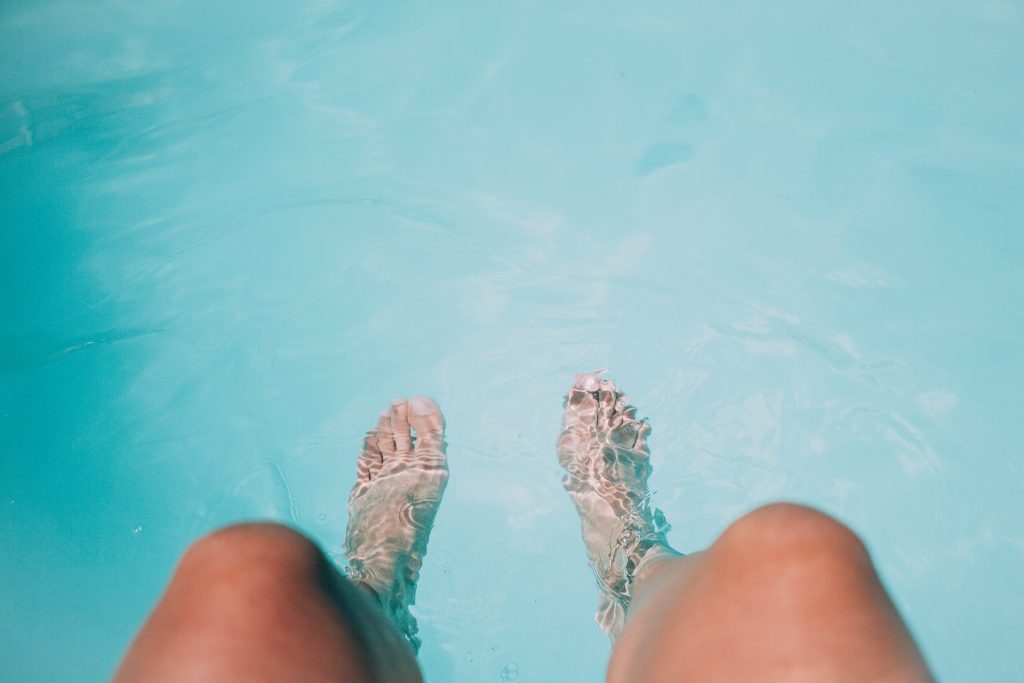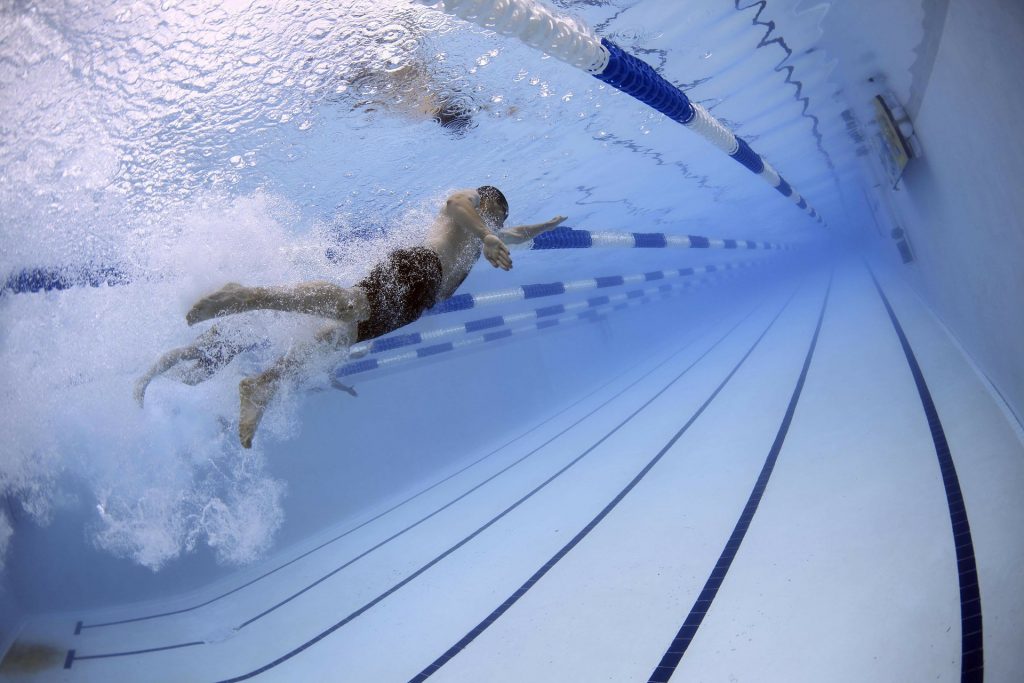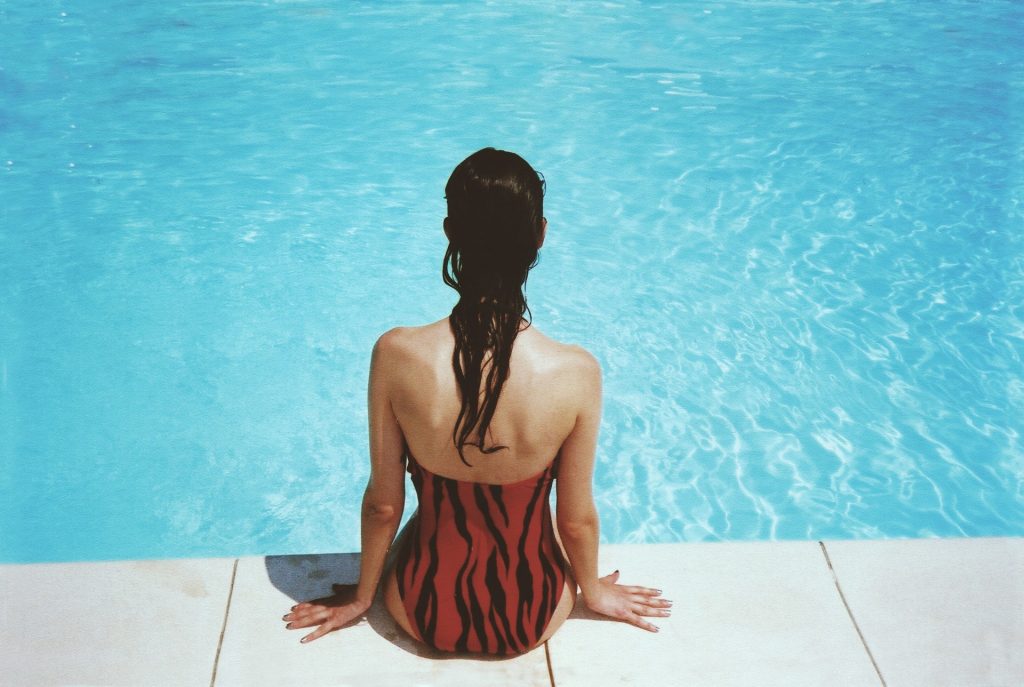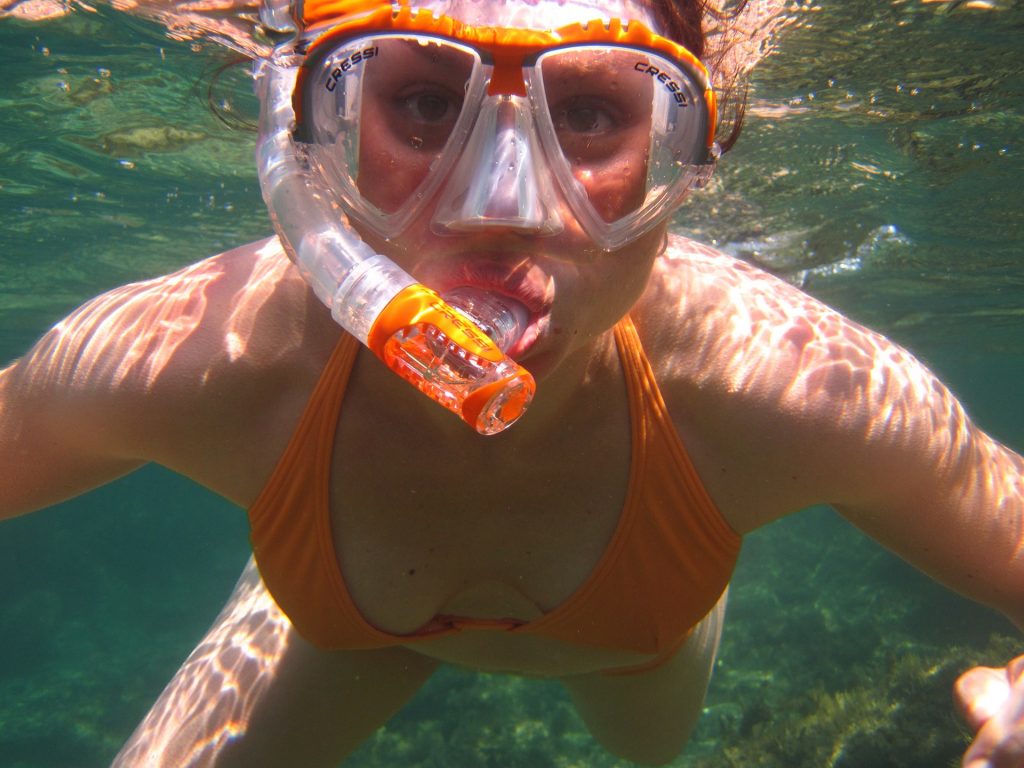Being Australian and living in Istanbul, one of the hardest things to cope with at first was the difficulty of finding a pool to go swimming in regularly. Prior to 1980 life in Istanbul was much like life in Sydney. People spent their summer days swimming at beaches along the Sea of Marmara and their evenings at outdoor cinemas. Locally produced wine was plentiful and mixed sex events the norm. Cue the military coup and over the ensuing years Turkey went backwards in many ways. By the time I came to live here again in 2010, things had eased up a lot, but finding somewhere to go swimming was still difficult.
I’m used to pay-as-you-go pools, but here you don’t have that choice. You can join in with monthly classes, segregated by sex, at set times, or pay for quarterly, half or full year memberships where you can swim in mixed pools but again, only at set times. I already know how to swim and my plans frequently change so neither option suited me. After much research I found a pool which offered entry whenever I chose at a reasonable price.

At first I was just so excited to find somewhere to train that I paid little attention to my fellow swimmers. I would go to the pool between appointments, complete one kilometre as quickly as my body allowed, then hop in the shower, get dressed and take off for my next event. Over time however, I began to notice startling differences in both the techniques and the outfits of the other people in the pool with me. You can in fact tell when people started to swim by their swimming attire.
There are old men who are happy to show their knees but wear short legged trunks that sit up high over their navels. They are portlier Turkish versions of young Italian boys in daring movies from the 1950’s. Each time I touch the wall before turning to start the next lap I see them lined up at the edge of the pool, solemnly bending at the knees, then stretching out their arms at the completion of each squat. Only after they’ve finished at least twenty minutes of stretches accompanied by strenuous breathing do they get into the pool. After careful consideration of the space and the temperature they plod along using a stroke that looks like a distant relation to dog paddle.

In other lanes vast old ladies, so broad in the beam that one of them takes up the whole lane, bathe rather than swim. They wear one piece costumes from the 1960s, sporting modesty skirts, the flounces of which match their flower dotted fashionable bathing caps. When I race along in the next lane I can see their dismay when my strong strokes displace too much water and threaten to splash their carefully made up faces.
No one sports the string bikinis I remember my older sister wearing in the 1970s. This is possibly because they unraveled from use or maybe due to the civil unrest of the decade that meant swimming was the last thing on people’s minds. Nor does anyone wear the luxury cutaway diamante disasters of the 1980s. While this could be because of politics, I think it is more likely because those Dallas and Dynasty style costumes weren’t actually designed to swim in, only to be seen.

Back in 1990 when I went to the Prince’s Islands for the first time I saw a woman wearing such an outfit, lounging by the water’s edge, the sun painfully reflecting off the sparkly detailing. Given the rigidity of her blow dried hair style, I doubt she ever got wet. She was much like the women who come to my pool and sit about in towels and dressing gowns before lowering themselves carefully into the pool. First of course they must complain at length about the temperature which I often find so high that I sweat as I swim. Once fully immersed up to their necks they cling to the edge, gossiping and getting in my way.
Then there are the men who unselfconsciously show off the thick swirls of hair adorning their belly buttons but make sure their knees are out of sight in long flappy versions of board shorts. They wear rubber caps to control their generous forests of head hair but their thick beards are left free to bob up and down in the water. From the way they clumsily breaststroke on the spot I can hazard a guess they only started swimming in the last few years, only after consulting both their doctor and their imam.

Lastly there are the women in their twenties wearing slick daring racing back Speedos with silicone caps and goggles that transform them into squinty eyed fish, mercilessly slapping out their laps before transforming themselves into up and coming business women in the change rooms.
As for me I hear you ask? Form follows function in the pool. I wear an unfashionable sturdy chlorine-resistant black one-piece, silicone cap, goggles and ear plugs. Outdoors at the beach though, is another matter…
To read more of Lisa’s Turkish adventures, check out her books here.










What’s the name of this pool? I was once looking for a place to go swimming and ended up paying a small fortune to spend my afternoon at Suada 🙂
Sadly the pool is no more. The building that housed it was knocked down as part of the Urban Renewal Program now happening in Istanbul. I believe there is a new council run pool open in Acibadem – try Googling yuzme havusi and Uskudar and see how you go.
Thank you. Well, I found this website http://www.istanbulyuzmehavuzlari.com/ but I will have to ask a friend with better Turkish skills to guide me 🙂